1. The Phoebus Cartel: A Secret Alliance Controlling Light
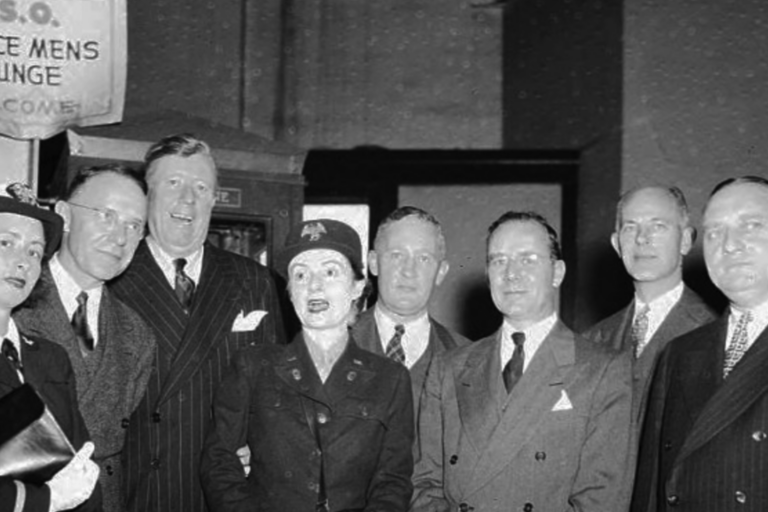
The Phoebus Cartel was an international organization of the world’s largest lightbulb manufacturers, formed in Geneva in 1925. Companies like General Electric, Osram, Philips, and Tungsram joined forces to control patents, prices, and production. For nearly 15 years, they shaped not just the bulb market, but everyday life itself. The alliance quietly manipulated how long light would last, and how often people would need to replace it. It was a world where brightness came at a cost, and the simple idea of a glowing bulb became part of a much bigger plan to keep profits steady.
2. The 1,000-Hour Lifespan Agreement
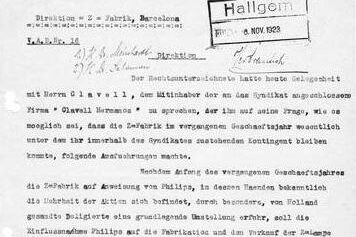
Before Phoebus, bulbs could shine for 1,500 or even 2,000 hours. But the cartel decided they should last only 1,000 hours. This rule was written into their agreement, ensuring people would need to buy replacements sooner. It seemed harmless, even technical, but it was calculated business. Consumers had no idea their bulbs were being deliberately weakened. The shorter lifespan created a steady loop of demand. Every time a light went out, the money flowed back in, proving how easily a simple household product could be controlled from a boardroom far away.
3. Fines for Companies Who Cheated
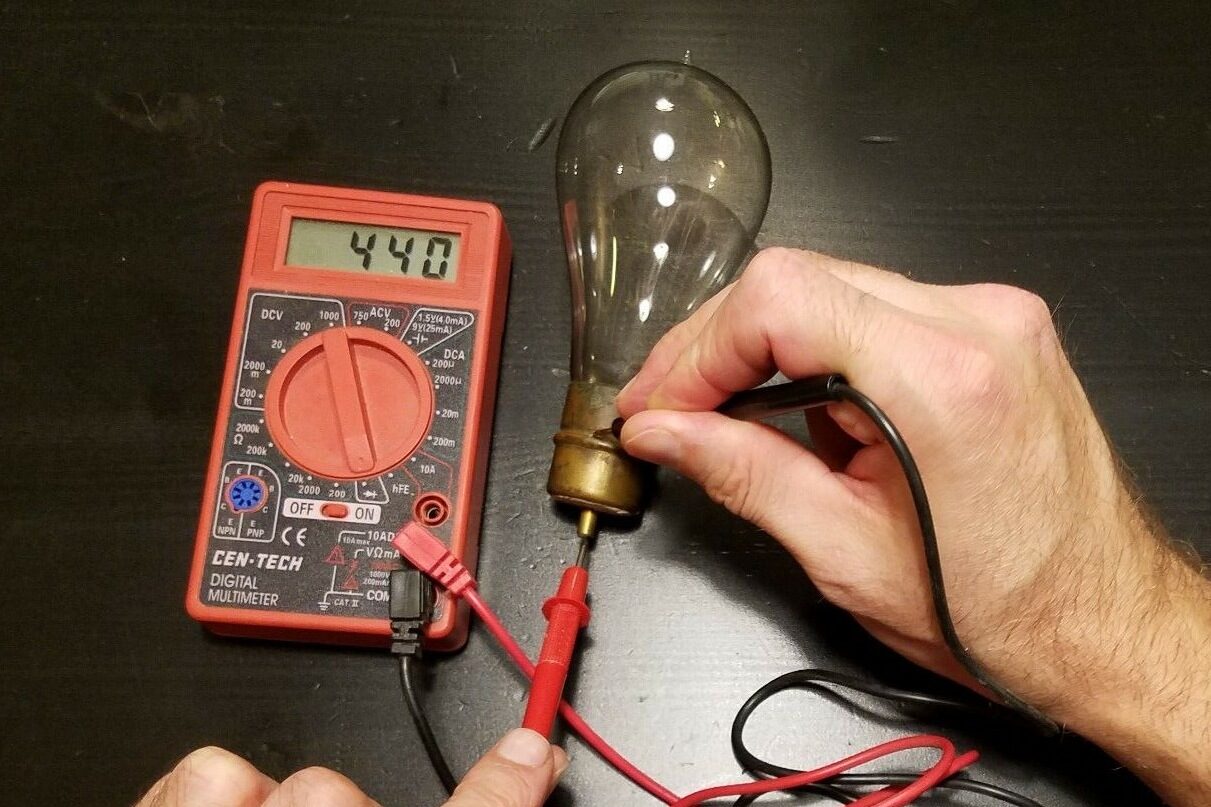
To keep control tight, the cartel monitored every bulb its members produced. Factories sent samples to official labs for testing. If a bulb burned longer than 1,000 hours, the company responsible was fined. It was an odd system that punished success. Innovation that led to better products became a liability. Engineers were forced to design bulbs that failed on time, not ones that lasted. The longer a bulb lived, the more expensive it became for the company that made it. This rule turned durability into a danger for those trying to compete.
4. Planned Obsolescence in Action

The Phoebus Cartel didn’t just change bulbs, it changed how industries thought about profit. This was planned obsolescence in its earliest form, where products were made to wear out faster on purpose. The idea spread far beyond lighting, eventually shaping how companies sold appliances, cars, and even clothes. Consumers unknowingly became part of an endless buying cycle. Instead of celebrating quality and longevity, people were taught to expect products to fade, break, or be replaced. It was a quiet but powerful shift that still echoes through modern business today.
5. A Monopoly That Spanned the Globe

Phoebus carved the world into territories, giving each company control over its assigned region. No matter where you lived, from America to Asia, your bulbs likely came from a cartel member. This division erased competition completely. Customers had no alternative brands offering better options. Every purchase went back to the same alliance, feeding the same profits. It was global control disguised as cooperation. The light above your table or in your office was part of a carefully mapped-out network designed to keep prices high and lifespans short.
6. Innovation Stifled on Purpose
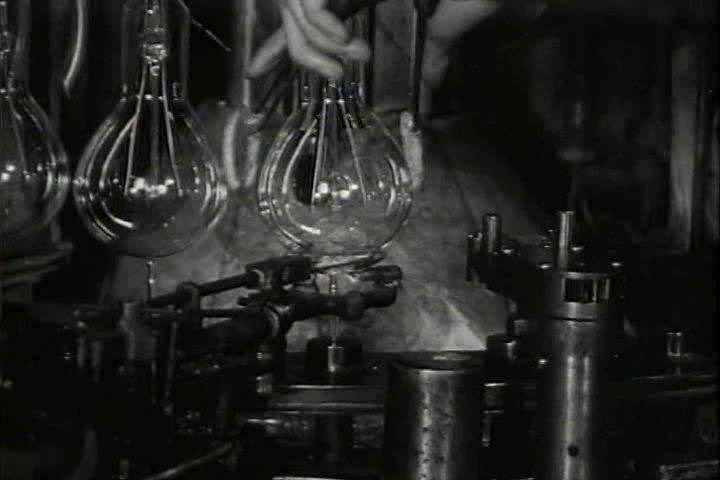
Some inventors had already created bulbs that could last decades, even up to 50,000 hours. But under Phoebus, these breakthroughs were shelved. Instead of encouraging progress, companies were told to stick to the 1,000-hour rule. Engineers who dreamed of efficiency had to tone down their own brilliance. The world could have enjoyed cheaper, longer-lasting light years earlier, but that didn’t fit the business plan. Profit came first, and true innovation was left to gather dust in forgotten workshops, replaced by mediocrity that made money.
7. The Efficiency Excuse
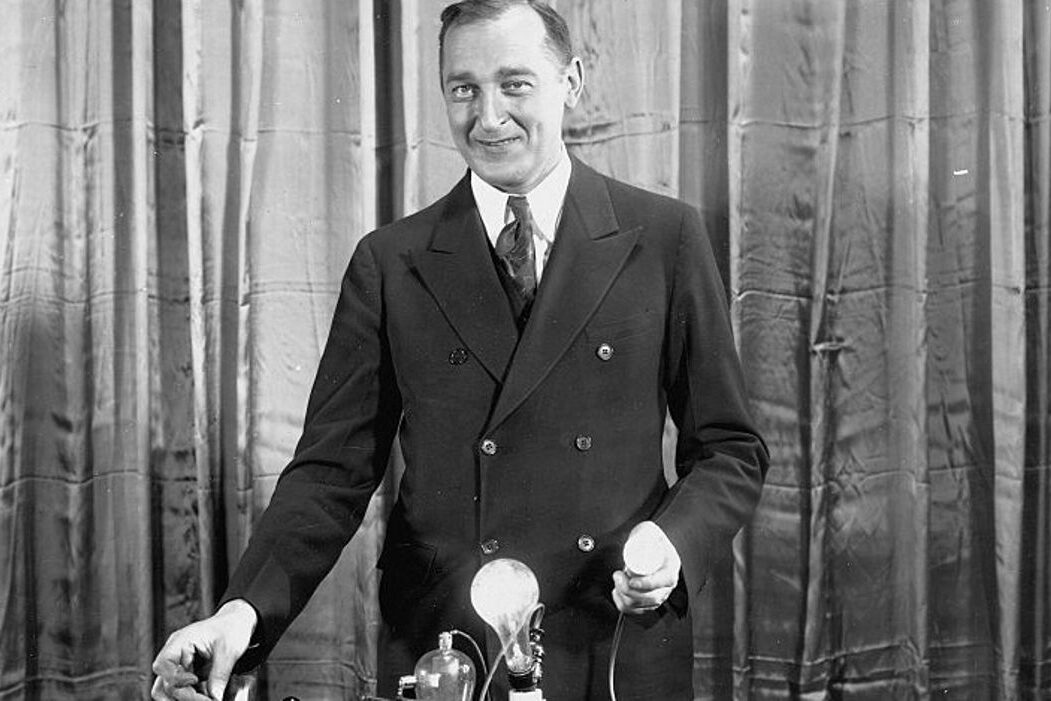
When questioned, the cartel claimed the 1,000-hour standard was the perfect balance between brightness, cost, and safety. It sounded logical. They argued that longer-lasting bulbs were dimmer or too fragile. It was partly true, but mostly strategic. The goal wasn’t better light, it was steady sales. Consumers never got to choose whether they wanted a bulb that lasted longer or shone brighter. The decision had already been made for them, behind closed doors, by men in suits who knew exactly how much darkness would mean profit.
8. Laboratories That Enforced Mediocrity

Phoebus didn’t just rely on promises, it built laboratories in Switzerland to make sure every member followed the rules. Each bulb was tested to confirm it didn’t outshine or outlast the 1,000-hour limit. The labs, which could have been centers of discovery, became enforcers of decline. Engineers focused not on progress but compliance. Perfection was punished, and the pursuit of excellence was quietly switched off. Science became a tool to maintain control, ensuring that no one dared to make a bulb that shined brighter or longer than allowed.
9. Advertising That Hid the Truth
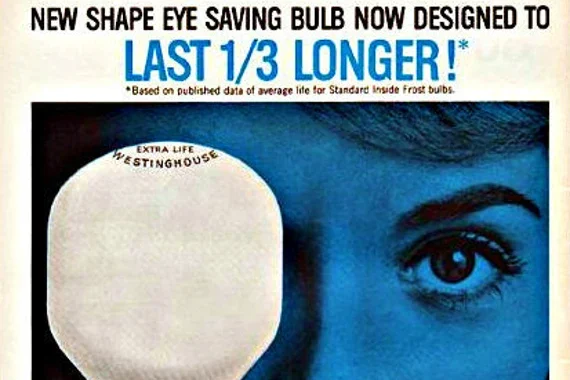
To the public, lightbulb ads painted a picture of reliability and progress. Words like “better light” and “modern design” filled billboards and magazines. What people didn’t know was that these bulbs were built to fail. Marketing became the mask hiding the truth. Customers believed they were buying innovation when, in fact, they were buying limitation. The shine of clever advertising outglowed the dull truth of shorter lifespans. It was the perfect illusion, where good lighting came wrapped in good lies, all funded by the same secret alliance.
10. Higher Prices, Fewer Choices

By crushing competition, Phoebus also ensured that prices stayed high. With every company tied to the same system, customers couldn’t shop around for better deals or better bulbs. They paid more for less, often without realizing it. The market looked stable and advanced, but it was a setup. Behind the packaging and bright promises was a quiet monopoly controlling not just how much people paid, but how long their light would last. It was business efficiency turned into global exploitation, one dim bulb at a time.
11. The War That Finally Broke It

World War II became the unexpected end of the Phoebus Cartel. When conflict erupted, the communication lines between countries broke down. Member companies found themselves on opposite sides of the war, unable to cooperate or share resources. Governments stepped in, nationalizing factories and redirecting production to military needs. The once powerful network that controlled the world’s light suddenly collapsed under global chaos. The war didn’t just destroy cities and borders; it dismantled the secret system that had been dimming the world for profit.
12. The Centennial Bulb Still Burns

In Livermore, California, a single bulb has been glowing almost nonstop since 1901. Known as the Centennial Bulb, it has burned for more than 120 years and still casts a warm light today. Its steady glow quietly challenges everything the Phoebus Cartel claimed was impossible. If one bulb could last a century, so could others, if only profit hadn’t taken priority. It’s more than a curiosity; it’s proof that endurance was never out of reach. This humble light still shines as a symbol of what honest innovation could have given the world.
13. Seeds of Consumer Distrust

The Phoebus Cartel left more than broken bulbs behind. It planted a seed of doubt that still grows today. People began to wonder if other industries were playing the same game. When someone says, “They don’t make things like they used to,” it’s not just nostalgia. It’s a shadow of what Phoebus started. The idea that companies might intentionally make products weaker or shorter-lived became part of consumer consciousness, shaping how we view everything from electronics to cars, and fueling skepticism that never fully faded.
14. A Blueprint for Other Industries
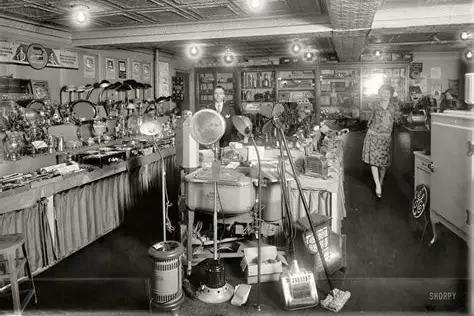
The cartel’s methods didn’t die with its fall. Instead, they became a model for how to keep profits high in other sectors. Automakers, appliance makers, and tech companies began using similar tactics, designing products that would fail just after warranties expired. Phoebus had shown that built-in failure could build endless business. What began with lightbulbs spread into every corner of modern life, creating a cycle where consumers always needed the next version and manufacturers always had a reason to keep improving only slightly each time.
15. Politics and Nationalism Weaken the Grip

Even before the war, global unity within the cartel had begun to crumble. Countries started resisting the idea of foreign corporations dictating their domestic markets. National pride and economic independence pushed back against centralized control. Governments began setting their own industrial standards, creating cracks in Phoebus’ structure. It was clear that no alliance could maintain global dominance forever. The world was changing, and the same political forces that had once enabled international cooperation were now pulling the entire system apart piece by piece.
16. World War II Shattered Cooperation

Once the war began, cooperation among member companies became impossible. Factories were destroyed, patents were seized, and trade routes were blocked. Nations that had once shared secrets were now enemies. The very infrastructure that supported the cartel’s control was dismantled. Wartime production focused on weapons and machinery, not household goods. The lightbulb industry was forced to adapt to new realities. In the chaos, Phoebus’ delicate balance of power was lost forever, leaving behind a fractured system and the end of its quiet empire.
17. Antitrust Laws Changed the Game

After the war, governments had learned a valuable lesson. In the United States and beyond, antitrust laws became stronger. The public no longer trusted monopolies, especially ones that secretly controlled entire industries. Companies faced legal risks for collusion or price fixing. Phoebus had shown the dangers of too much corporate power, and regulators were ready to act. What once happened in shadow now had consequences in court. The world moved toward transparency, though the temptation of control never fully disappeared from modern business.
18. The Forgotten Cost of Innovation Lost

Beyond the profits and conspiracies, one of the greatest losses was the innovation that never reached the world. Imagine if those early, long-lasting bulbs had been released. Energy consumption could have dropped sooner, and technology might have advanced faster. But for decades, creativity was confined by rules of greed. Every shelved design represented progress denied. The real cost wasn’t just paid in money, but in years of potential. Phoebus slowed the pace of human advancement, proving that control often comes at the expense of brilliance.
19. The Echo in Today’s Electronics

Whenever a smartphone slows down or a printer stops working too soon, people think of the Phoebus Cartel. Its legacy lives in every planned upgrade and disposable gadget. The faces and products have changed, but the principle remains the same: make things that keep customers coming back. Modern companies may use software instead of filaments, but the result feels familiar. The lightbulb story from 1925 quietly shines through every device that seems to fade too early, reminding us that progress can still be manipulated.
20. A Cautionary Tale of Control

The story of the Phoebus Cartel is more than history. It’s a lesson about how easily convenience can hide control. By deciding how long a bulb could burn, companies shaped how people experienced one of life’s simplest needs. Light became a product of manipulation, not science. Though the cartel disappeared decades ago, its influence still flickers in industries that measure success by sales, not service. Every time a gadget dies too soon, the same question lingers. Was it built to fail, or built to remind us that profit often dims progress?
This story 20 Ways the Lightbulb Industry Secretly Made Bulbs Burn Out Faster was first published on Daily FETCH


